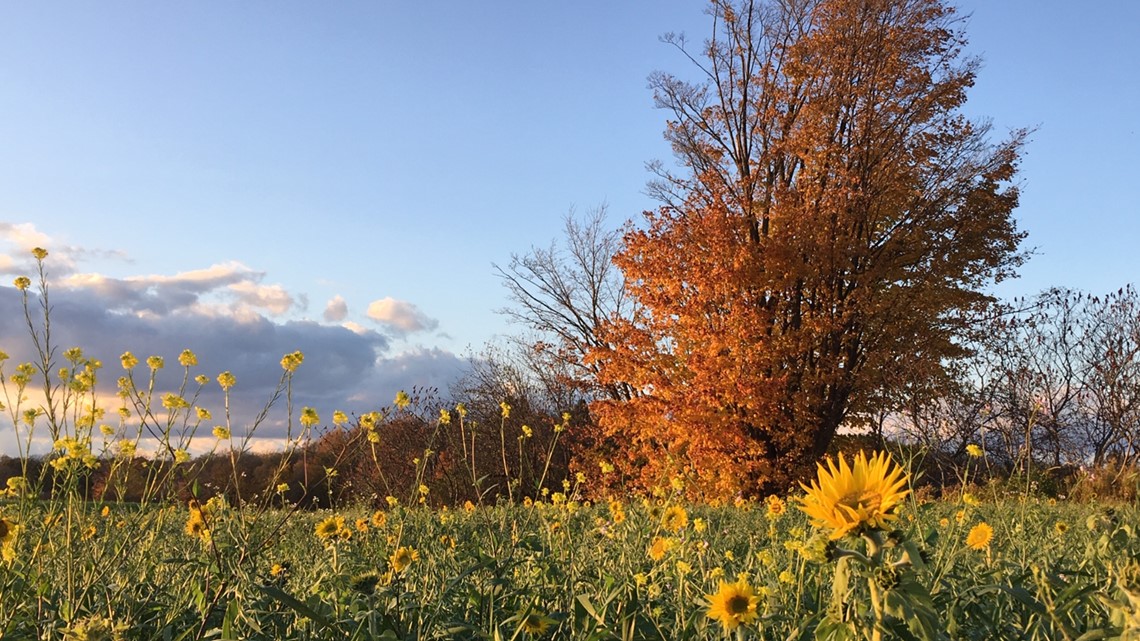BUFFALO, N.Y. — Hibernation can be a visible phenomena if one looks closely. Often it is most evident in the absence of a species, which can be seen when some animals disappear into hibernation for months at a time.
Trees also go into hibernation in a unique way, going out in a blaze of glory as fall changes to winter.
"In the fall, there's a transition that goes on," said Ken Parker, native plant manager of the English Gardener. "The days get shorter, temperatures start to drop, and it sends a signal to trees and plants that it's time to get ready for the winter's sleep, which is the period of dormancy."
"The tree starts to drop its leaves and that's a sign that the tree is getting ready to go into dormancy, which is really like hibernation for the winter," said Jackie Albarella, gardening expert. "The metabolism of the tree slows down, the tree starts to use the food that it has stored up all year, and it goes dormant."
Though the trees are dormant, Parker says that their roots are still able to take in a little water, even through the frozen ground.
"There is a little bit of water intake in the roots," Parker said. "If the ground is above freezing, the roots way down will take in a little bit of water, in a slow process, but once it freezes, even the roots will go dormant. That plant is essentially asleep for the winter, and that's the way it protects itself, protects its energy and food stores for the following spring."


The process of photosynthesis is essential to trees, converting light energy into the chemical energy needed to fuel their lives.
Deciduous trees lose their leaves in the winter and so are not able to photosynthesize.
Evergreen trees are a different matter. They stay green all year round and still create energy, Albarella says.
"They have shallow root systems, so they're catching all the water that's at the top of the ground," Albarella said. "That's why the snow is important for them. But they don't go dormant like a deciduous tree does, that's why it doesn't lose its leaves."
"Evergreens are kind of low, and slow the whole season, still photosynthesizing, obviously in the summer, a lot," Parker said. "And deciduous trees, all their full potential is during the summer, and then they go to sleep in the wintertime, and then the process starts again next spring."
As we experience our own forms of human hibernation throughout the winter, the frigid slumber of life on earth is a reminder of our connection to everything around us.
"I think we're all connected to the earth, we're all connected, and we're the stewards of our own backyard, and it's important to promote that."

